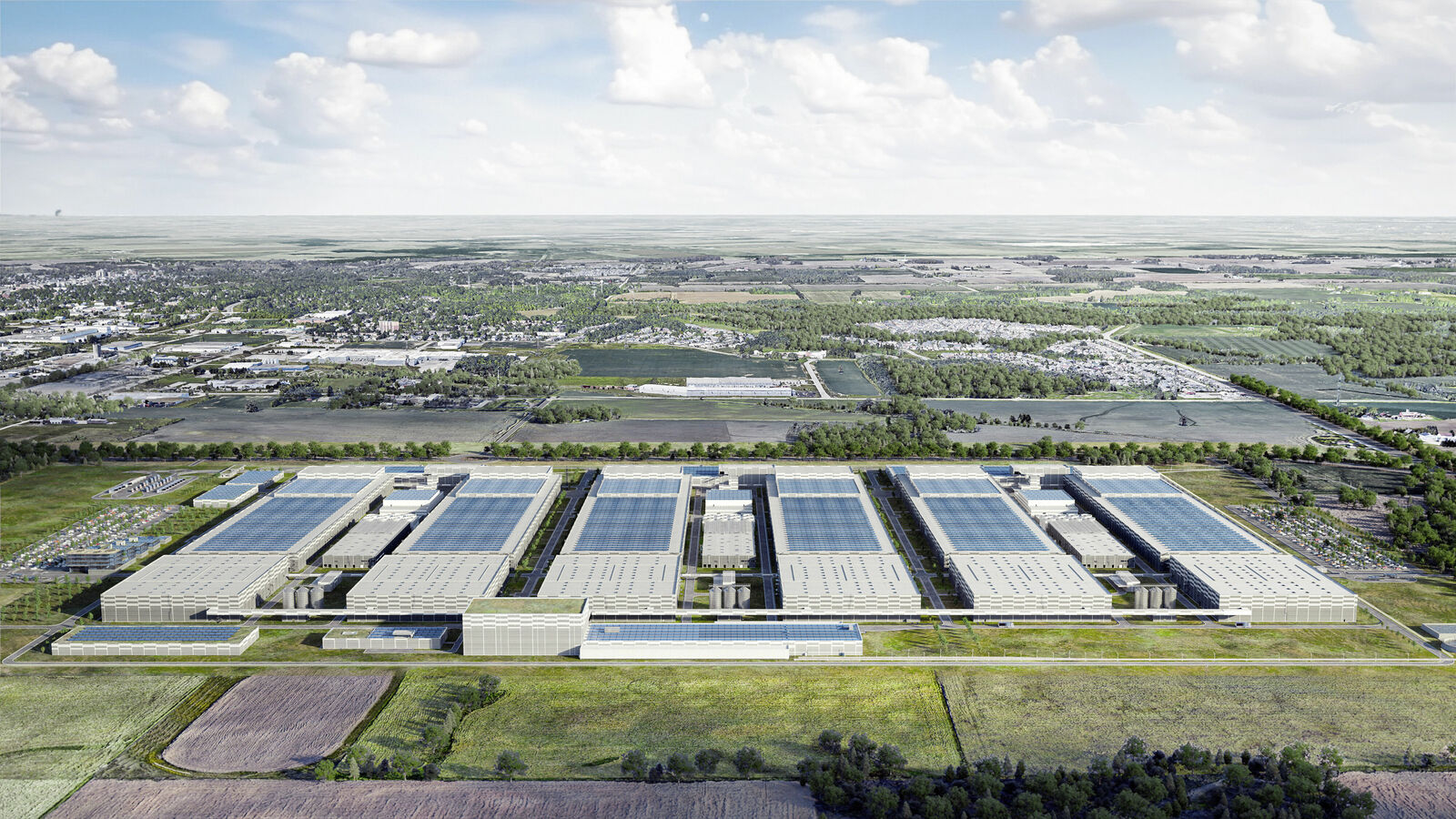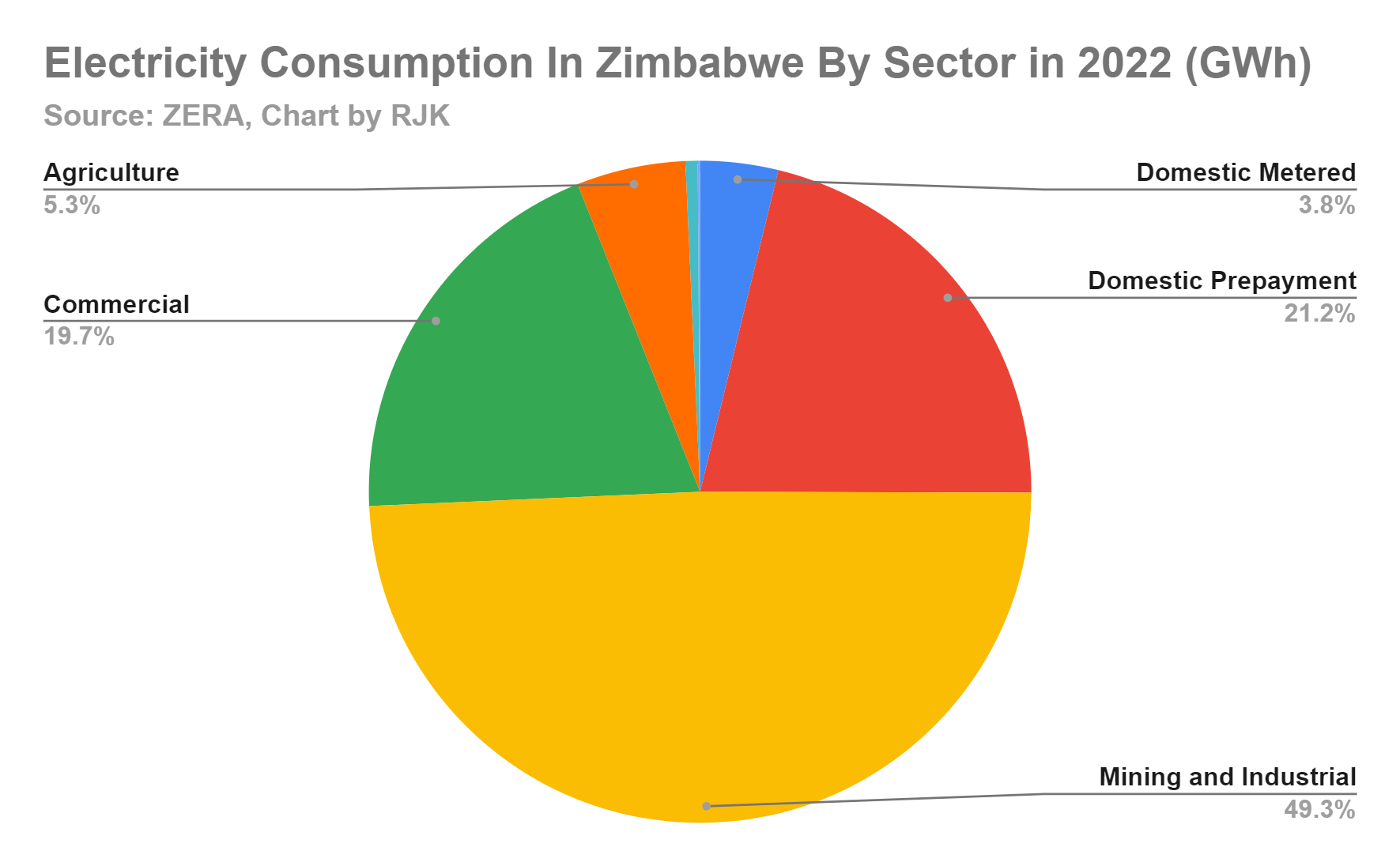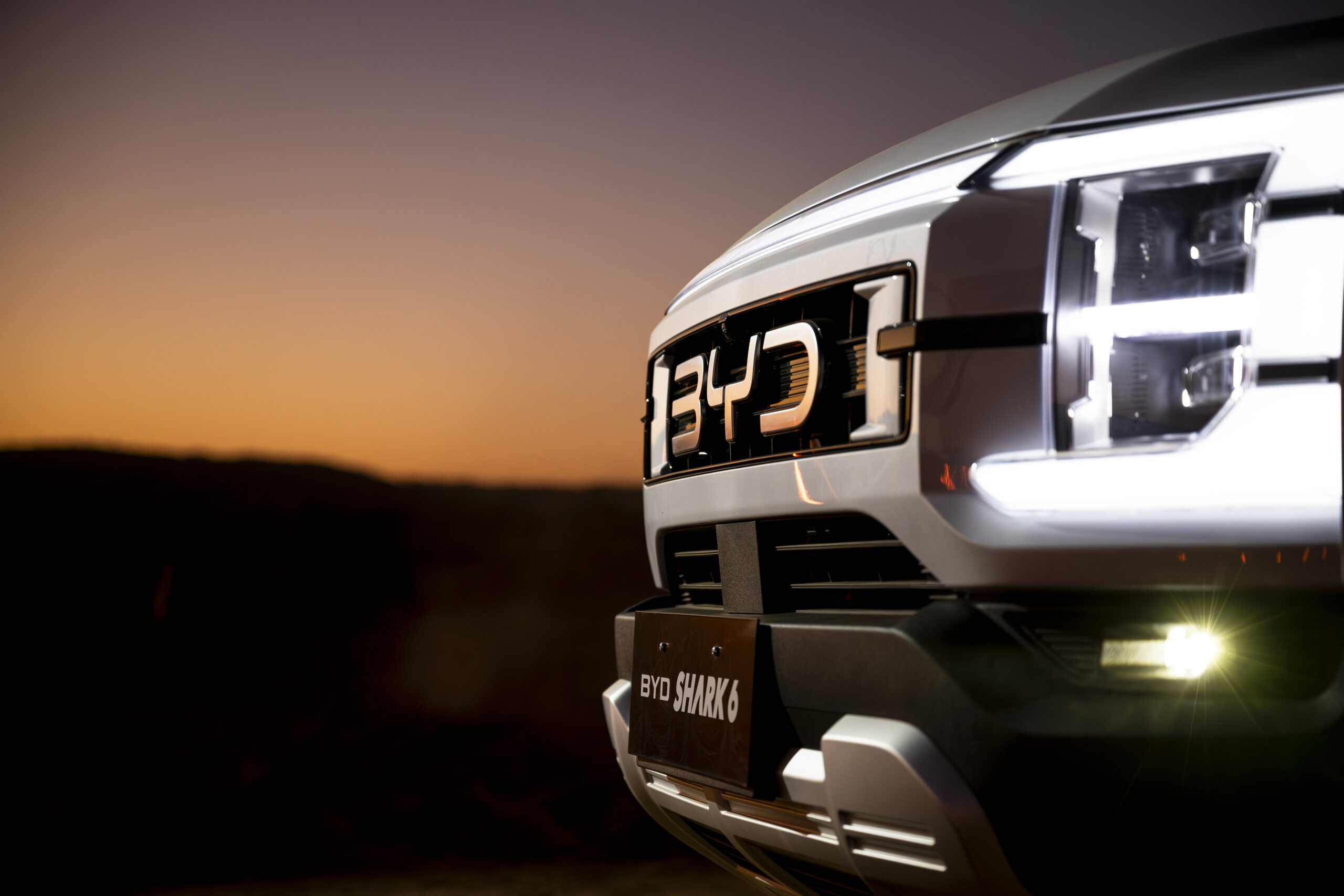Sign up for daily news updates from CleanTechnica on email. Or follow us on Google News!
As shown in reports I published in recent days, Volkswagen is one of the auto industry leaders in US EV sales. It’s #2, just barely behind Audi, in terms of the percentage of its US sales that are fully electric (BEV) — 12.2% versus 12.7%. In volume terms, the ID.4 is the 7th best selling electric vehicle in the country. In short, it’s one of the more serious and more successful automakers in the US in terms of BEV sales. So, it’s uplifting to see the company continue that push and get its hands dirty building an EV battery gigafactory on this side of the Atlantic.

The good news is that the first phase of Volkswagen’s battery gigafactory in St. Thomas, Ontario, is complete. That’s not to say the first buildings, though. The first phase was site preparation. Technically, “PowerCo Canada” is the company that will be producing the battery cells and packs, but it’s a Volkswagen Group company.
“Current activities include setting up local office in downtown St. Thomas, continuing local hiring and signing first servicing agreements with local providers,” Volkswagen writes.
“We are now ready for the next stage on our path to the sustainable and responsible production of battery cells,” says PowerCo COO Sebastian Wolf.
Construction on the factory will begin next year, in 2024. Wolf added that the company is fully on track with its original plans for this battery gigafactory. Volkswagen is also in the process of ramping up its own battery production in Europe.
Notably, this isn’t just Volkswagen Group’s first battery factory in North America — it’s the conglomerate’s first battery factory outside of Europe. And it won’t just be producing basic batteries — it will be producing “cutting-edge unified cells, a new technology designed for cost-efficient scale production.”
When it is complete, the gigafactory will be PowerCo’s largest battery factory in the world. It will have a production capacity up to 90 GWh. Volkswagen Group is investing €4.8 billion (CAD$7 billion) into the project, and it expects it will create around 3,000 highly skilled jobs at the factory. “The cell factory is being built over an area of around 370 acres (150 hectares), which corresponds to more than 210 soccer or football fields. The entire industrial and supplier park amounts to 1,500 acres (600 hectares). Its strategic location about 30 km south of London, Ontario, is at the heart of the Great Lakes Automotive Corridor and near major cities such as Toronto and Detroit. That gives PowerCo prime access to the regional research and innovation cluster, talented workforce, good transport infrastructure and established supply chains.” Production is anticipated to begin in 2027.
Highlighting the sustainable, cleantech aspects of the new era of Volkswagen production, the factory will be 100% powered by carbon-free electricity sources.
“This important step forward is a sign of the continued progress being made by PowerCo Canada Inc., working in tandem with support from the Government of Ontario. When completed, this gigafactory will represent a significant milestone in the end-to-end auto and EV battery supply chain growing across the province,” commented Vic Fedeli, Ontario’s Minister of Economic Development, Job Creation and Trade. “We also welcome the news that PowerCo Canada Inc. has begun local hiring and setting up its resident office in St. Thomas. We will continue to monitor the progress of this project with eager anticipation.”
“I’m excited that Volkswagen has selected St. Thomas to be a key part of the plan for North America as a hub for building the cars of the future,” Joe Preston, Mayor of the City of St. Thomas, added. “This investment by PowerCo is not only a game changer for Ontario’s EV vision, but also a huge boost to our community and the hardworking families that call St. Thomas and Elgin County home. Our region will surely prosper from this for decades to come.”
One thing we can certainly count on: Many more Volkswagen electric vehicles will be produced and sold in North America in the years to come. Could Volkswagen reach 50% share of its vehicle being electric by 2027? Could it reach 75% or more by 2030? We’ll see!
Have a tip for CleanTechnica? Want to advertise? Want to suggest a guest for our CleanTech Talk podcast? Contact us here.
Our Latest EVObsession Video
I don’t like paywalls. You don’t like paywalls. Who likes paywalls? Here at CleanTechnica, we implemented a limited paywall for a while, but it always felt wrong — and it was always tough to decide what we should put behind there. In theory, your most exclusive and best content goes behind a paywall. But then fewer people read it!! So, we’ve decided to completely nix paywalls here at CleanTechnica. But…
Thank you!
CleanTechnica uses affiliate links. See our policy here.




